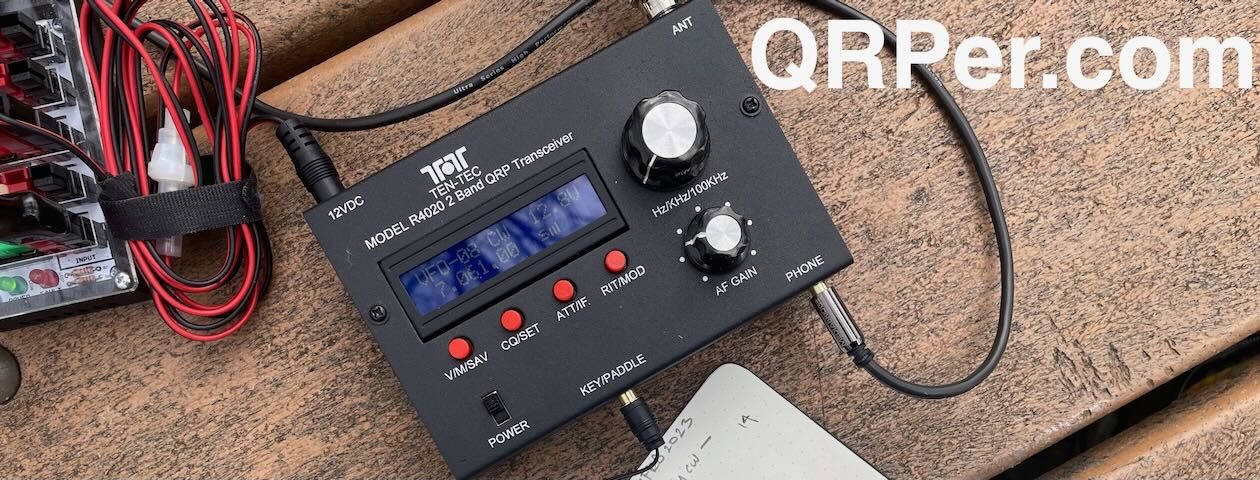 Although I live in the mountains of North Carolina and am surrounded by SOTA summits, it’s much easier for me to activate a park rather than a summit.
Although I live in the mountains of North Carolina and am surrounded by SOTA summits, it’s much easier for me to activate a park rather than a summit.
Parks can be quite easy: find the park on a map, drive through their main entrance, find a good picnic table to set up, and next thing you know you’re on the air! Of course, wildlife management areas and game lands can be more tricky, but typically you can drive to the activation site.
Summits–speaking as someone who activates in North Carolina–take much more planning. If it’s a new-to-me summit, I typically need to:
- find the GPS coordinates of the true summit
- map out the drive to the trail head
- read through previous activation notes (if they exist) to find out
- what type of antenna/gear I might pack
- and any notes I might need to find the trail or bushwhack to the true summit (quite often published, well-worn trails don’t lead to the actual summit)
- look up the trail map and make sure I have a paper and/or electronic copy
- pack all needed gear for the hike, activation, and emergencies
- sort out the time it will take to travel to the site, hike the full trail to the summit, activate, and return home
If you ask most any SOTA activator, they’ll tell you that the planning is part of the fun.
It really is.
One summit I’ve had on my activation list for ages is Craggy Dome (W4C/CM-007). Out of the higher summits in this region, it’s one of the easier ones for me to reach from the QTH. In fact, as with Lane Pinnacle, I could simply hike from my house directly to the summit (although one way to Craggy might take the better part of a day). The trailhead is about a 50 minute drive, and the hike about 30 minutes.
SOTA notes and All Trails indicated that Craggy Dome’s trail isn’t always easy to follow and that it’s steep and slippery.
Craggy has been activated loads of times, though, so I wasn’t concerned at all.
Living here and knowing how much brush there was on the manway to the summit, I knew that Craggy would be a pretty easy summit if I could activate it after the parkway re-opened for the spring and before the mountain “greened-up”; about a five week window.
Meeting Bruce
 My schedule opened up for an activation of Craggy Dome on the morning of April 21, 2022 and I was very much looking forward to it.
My schedule opened up for an activation of Craggy Dome on the morning of April 21, 2022 and I was very much looking forward to it.
I wouldn’t be alone on this hike either. Bruce (KO4ZRN), a newly-minted ham, contacted me and asked if he could join me on a hike and simply be an observer during a SOTA activation.
Fortunately, timing worked for him to join me on this particular SOTA activation. Continue reading SOTA in the Clouds: Pairing the Elecraft KX2 and MPAS Lite for brilliant QRP fun on Craggy Dome!






































